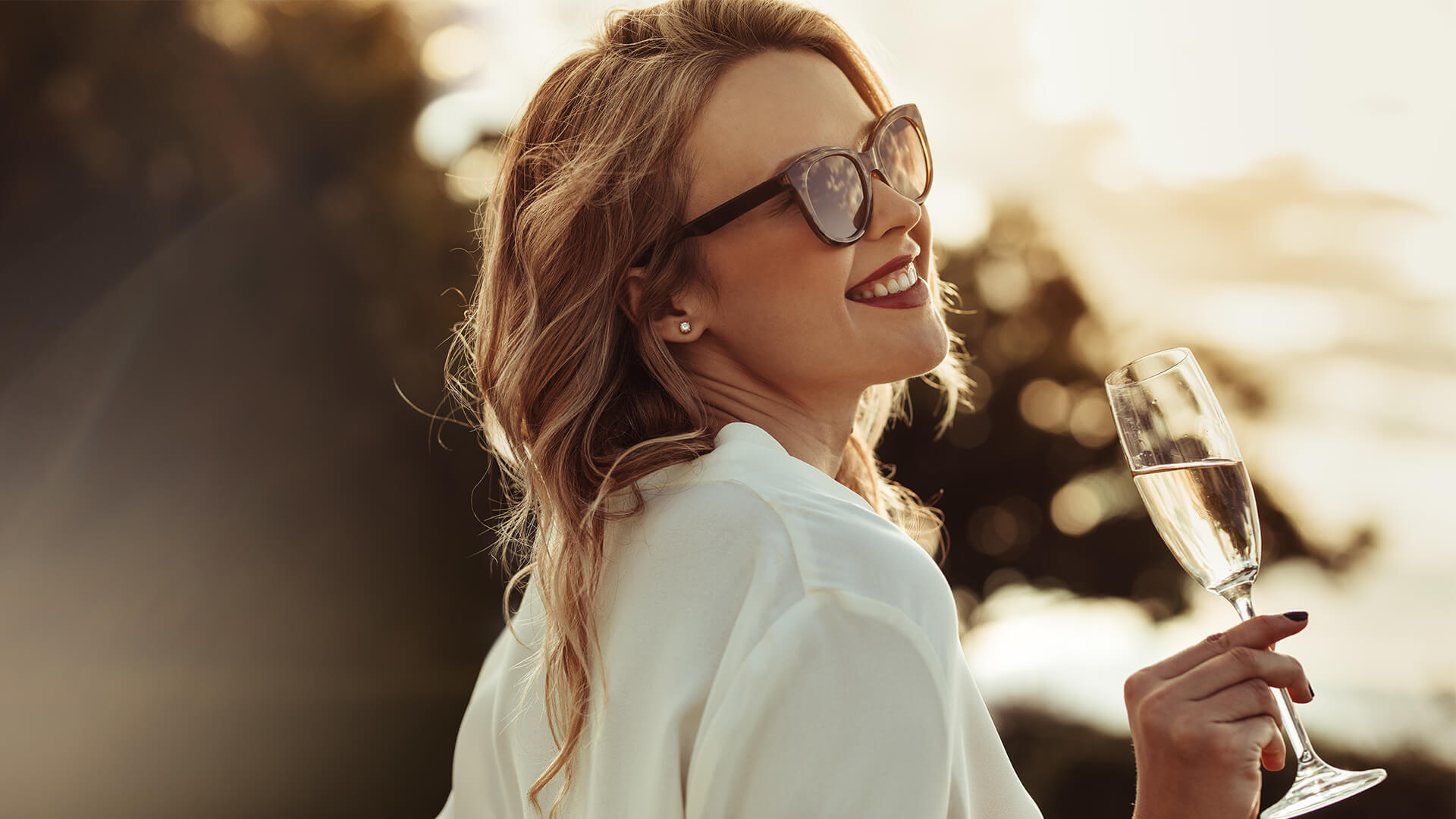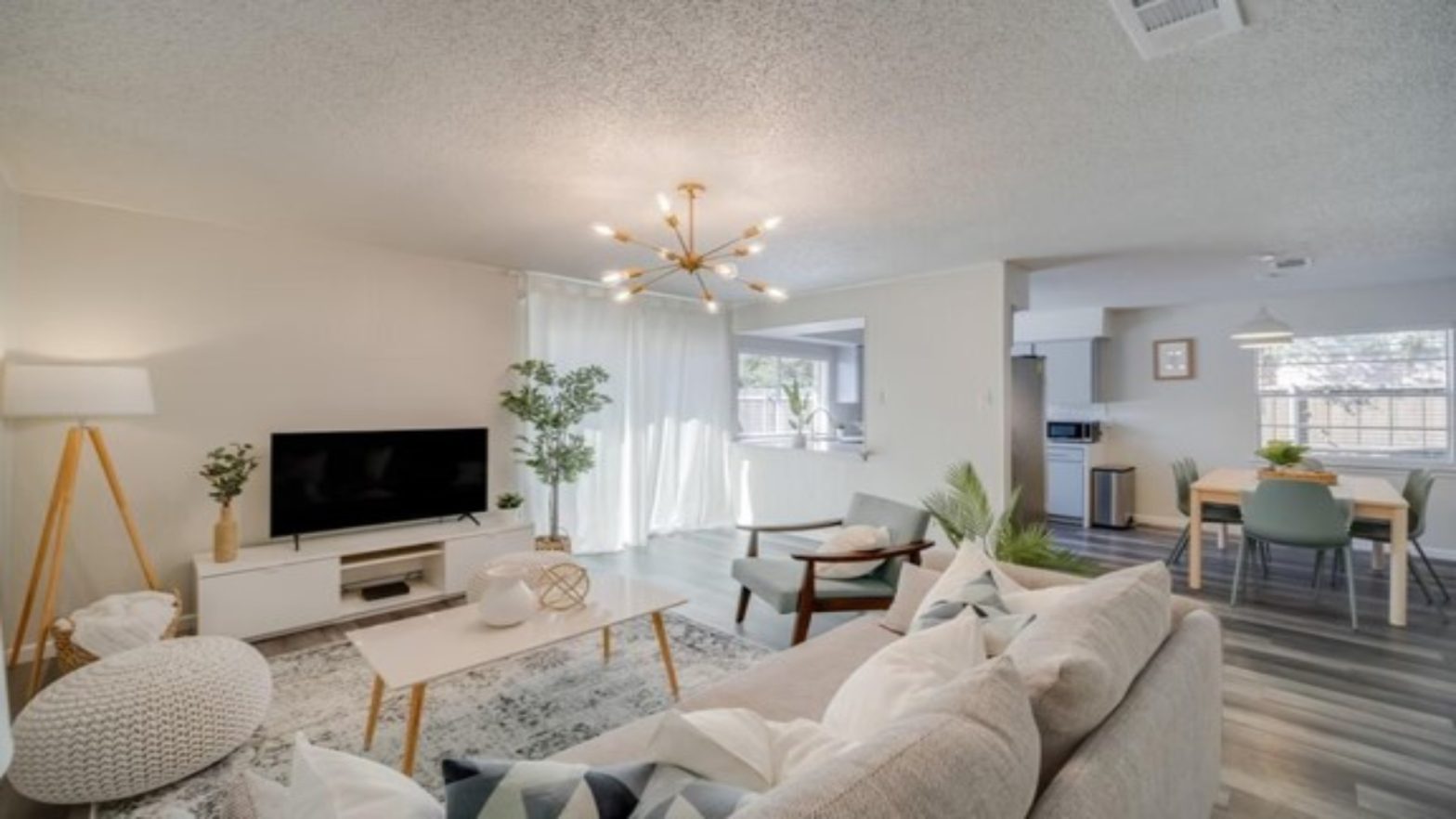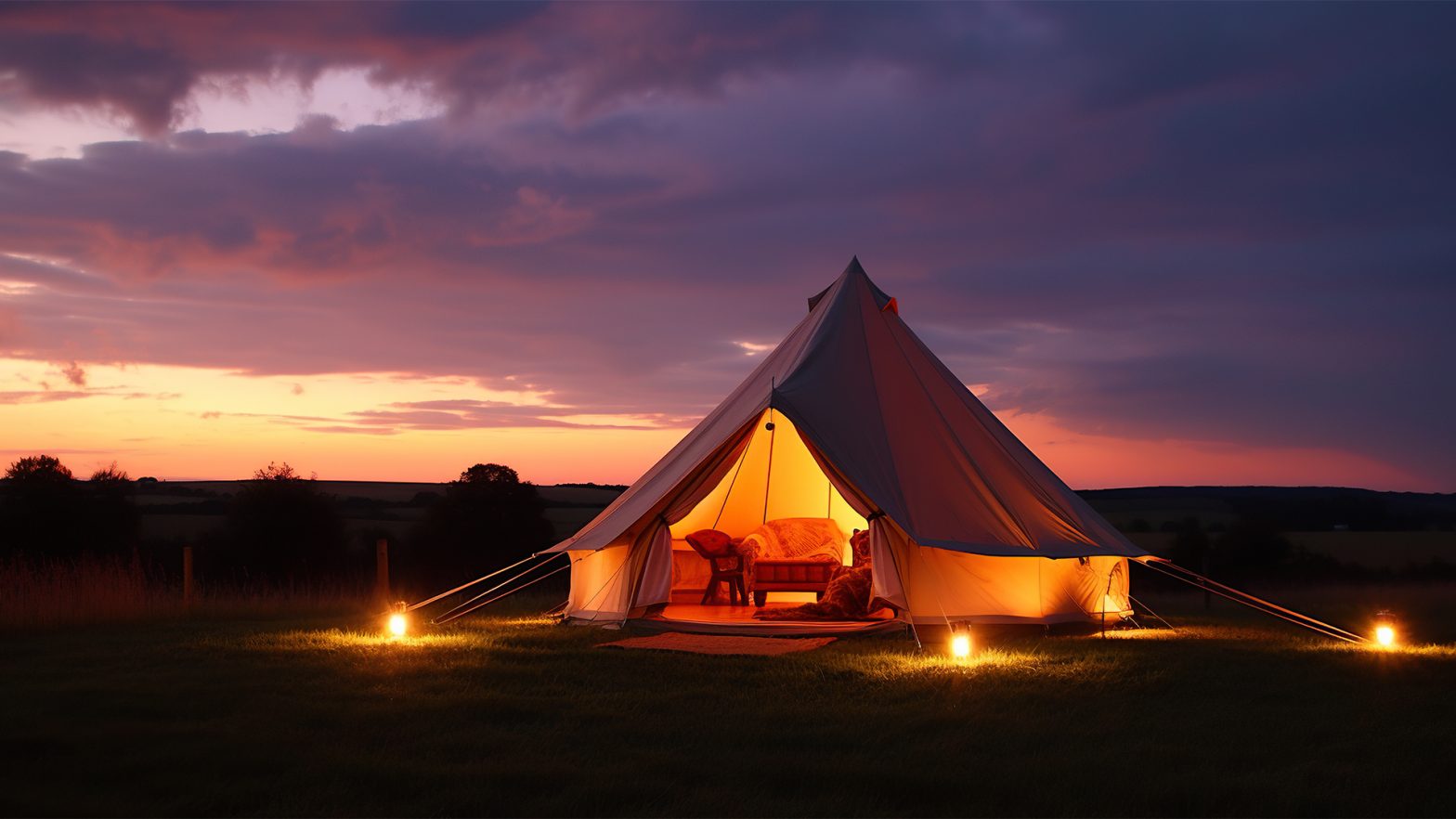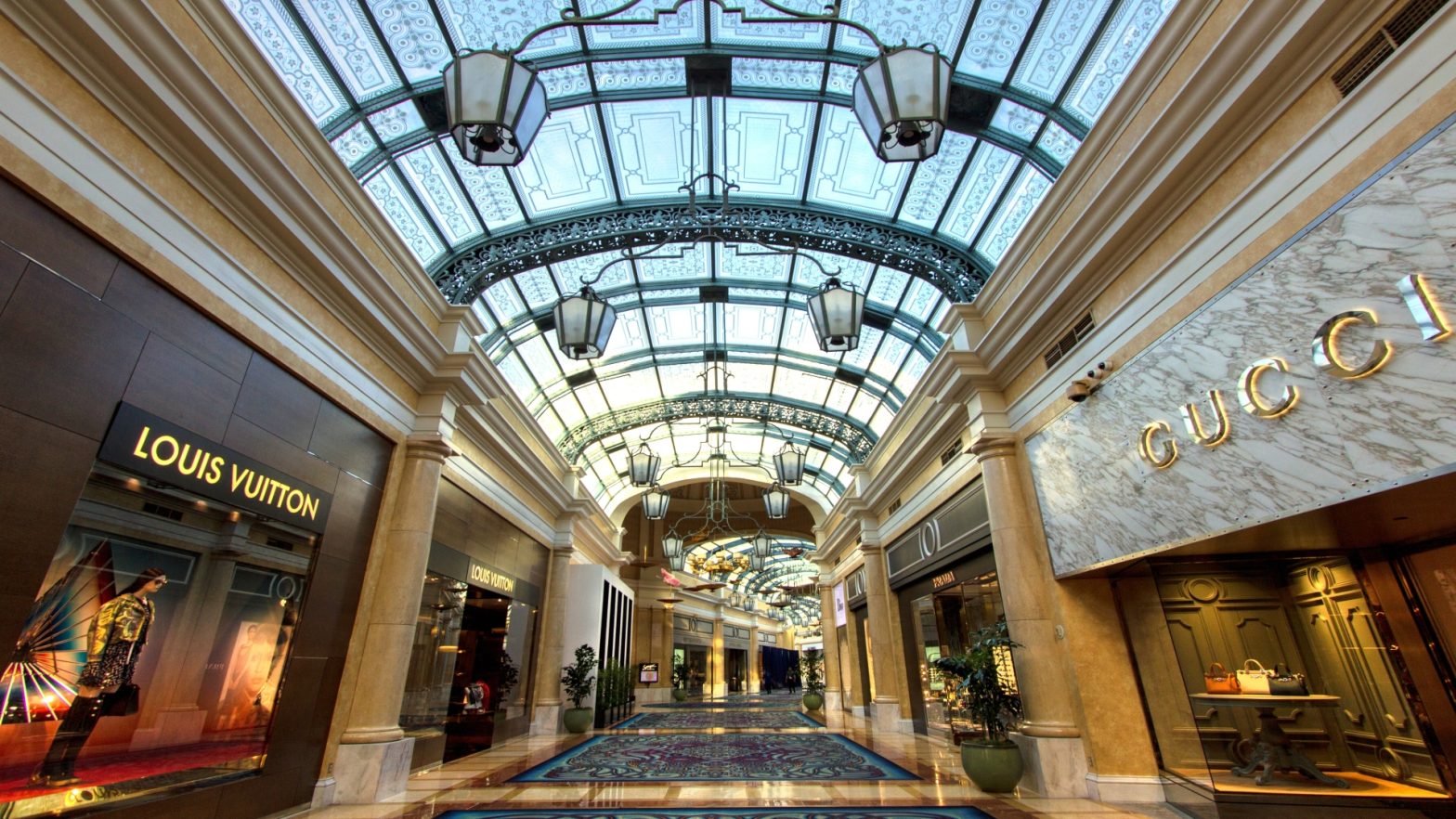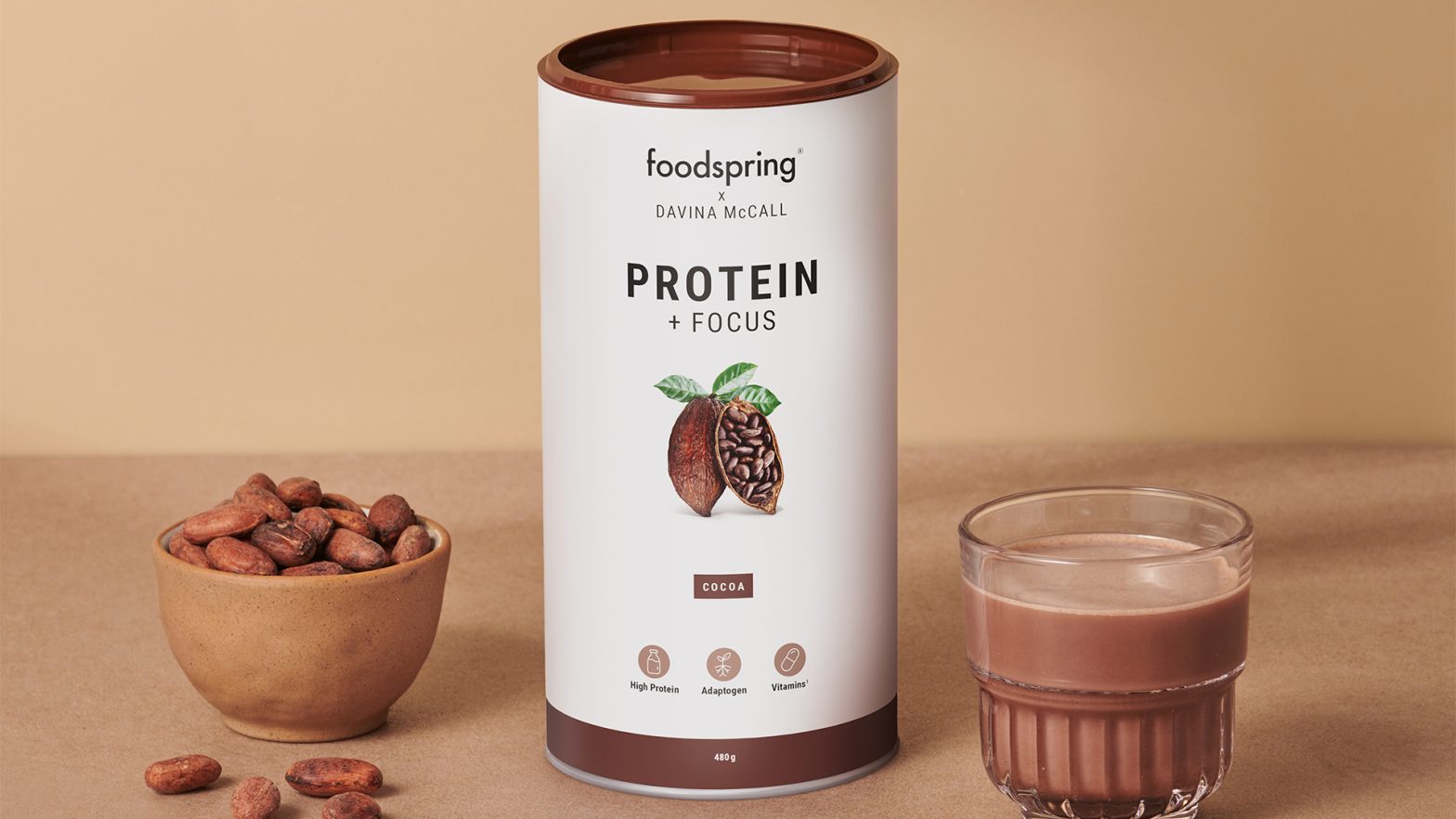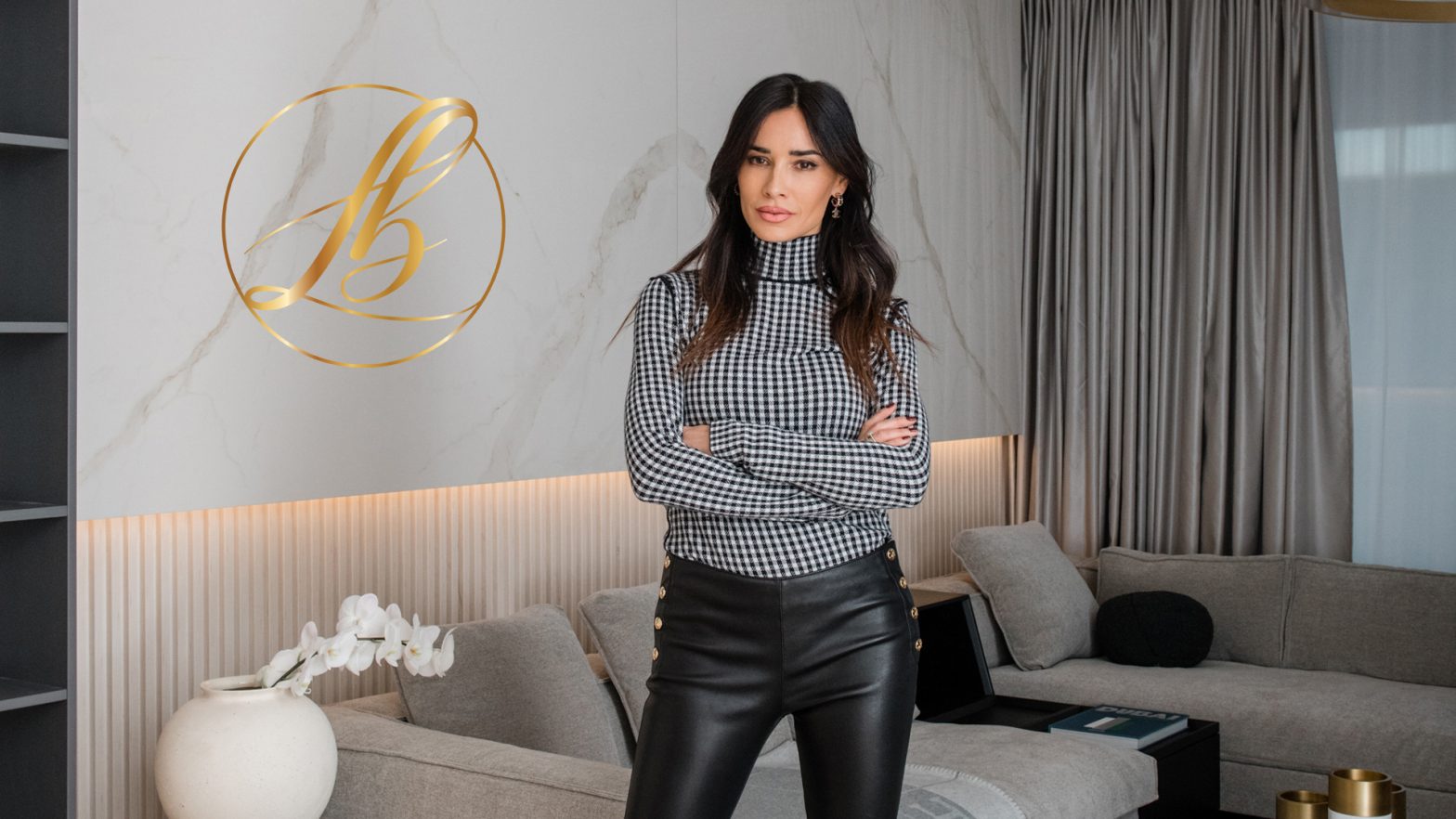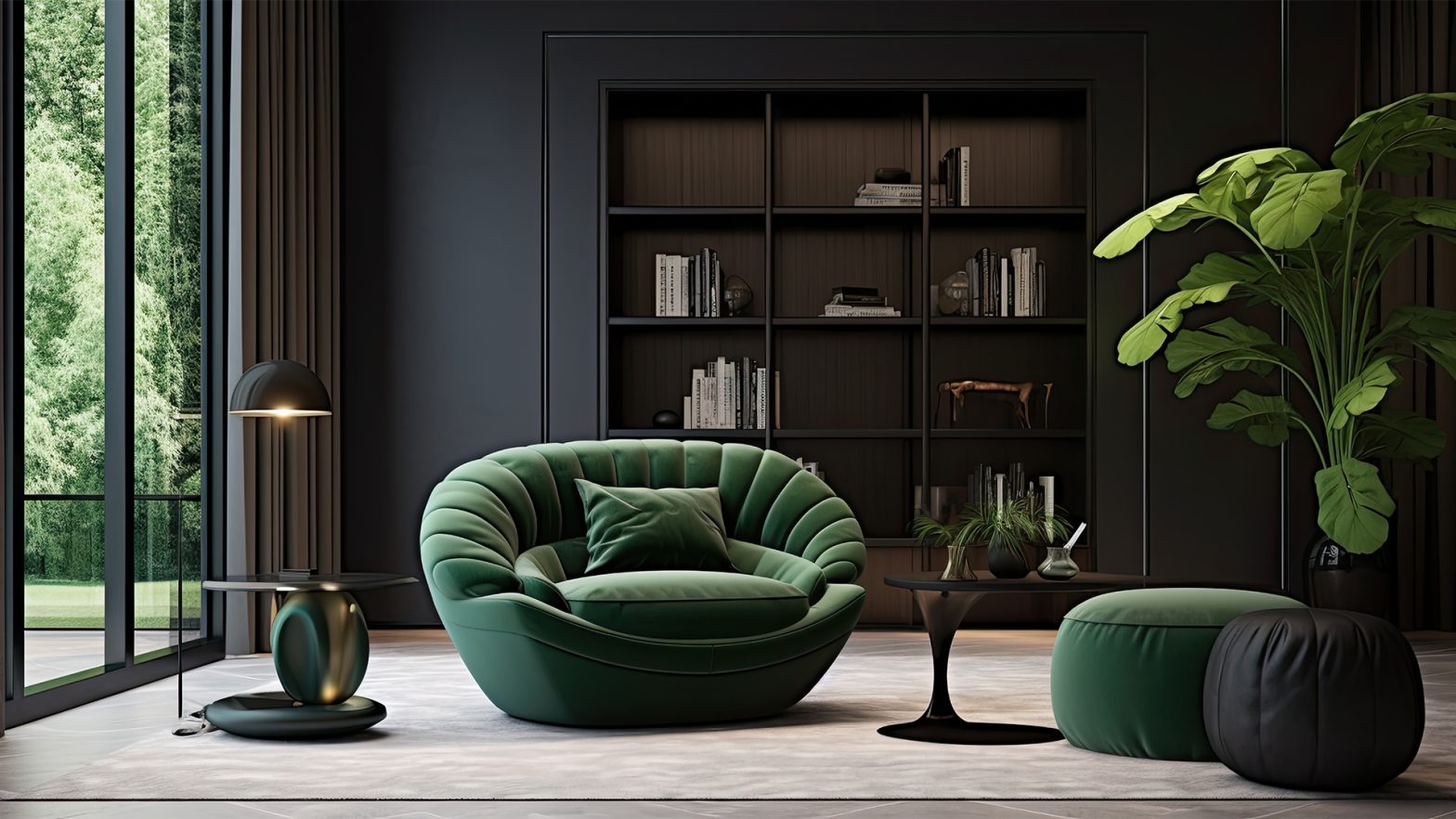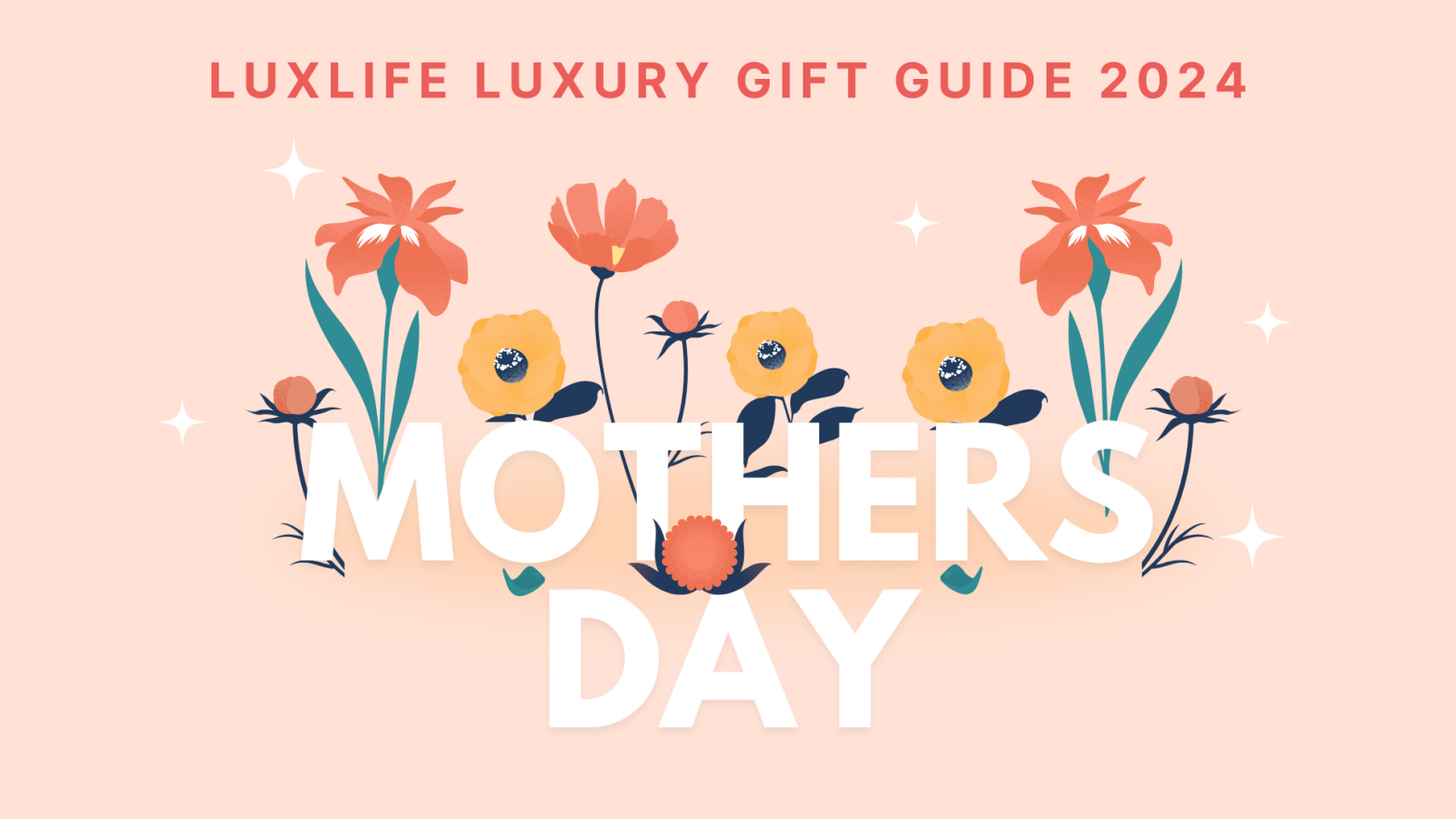Cameron Worth CEO & founder at connected experience specialist SharpEnd
What if you were able to book a table at the hottest restaurant in town by scanning the QR code on a new high-end accessory you had just bought? Or what about securing VIP access to a new bar by tapping the ‘connected cap’ of a luxury spirits bottle using the in-built NFC reader on your smartphone
In a world where the products you buy and spaces you visit are part of a connected ecosystem, everything can come alive to bring you more than just physical goods but also digital services. Instead of just ‘things’ they are now always-on platforms that can bring value to luxury consumers with previously unimaginable scale.
Connected tomorrow, today
For those of you who may be scratching your heads at the proposition, connected packaging turns products into new engagement platforms. Over the next few months you will see luxury brands across fashion, drinks and accessories launching connected solutions to market that are triggered by mobile technologies such as QR codes, NFC tags and AR markers. As a connected experience specialist with a deep history in the luxury space, I wanted to give you some key points to consider.
The opportunities within connected packaging are incredibly exciting, however, brands need to be careful to get it right for a discerning audience with high standards and wildly different needs and drivers. Today, consumer expectation is high, competition fierce and the brand window of opportunity to impress small, and getting smaller. In the luxury market especially, brands are required to go over and above – and given the relative price point, can generally invest more in the service and experience to turn perception into reality.
- Treat it as a creative problem, not a technical one
This is the biggest mistake I see brands make, across all sectors and not just luxury. The starting point should not be ‘what can I do with x technology?’, but instead ‘how can I address the needs of my customers through existing and underutilised assets (namely products and spaces)?’
Of course, it’s important to have the infrastructure in place to deliver the big, creative, transformational ideas, but it’s far more important to actually have the right creative approach in the first place. Not to mention an understanding of the consumer on which to base the approach.
Instead of chasing the newest technology fads, you need to think about what your brand can do to enhance your consumers’ lives. Then, and only then, you can start worrying about how you’re going to deliver these enhancements.
- Design around the needs and wants of your users
Products play a heightened role in luxury consumers’ lives. Their purchases are a reflection of their personalities and lifestyles, which means that you need to start thinking of your product as an owned media channel and vehicle to reward this commitment to your brands and products.
If done right, your product can be as effective and as captivating as any television campaign or billboard advertisement – perhaps even more useful as you get real insights about who buys and uses your products.
A very obvious stat is that when consumers pick up an item in-store they are much more likely to purchase it. With that in mind, designing experiences that captivate people in retail will always help to drive purchase. And once the purchase is made, the connected item can then be interacted to continue the conversation post-purchase.
- And don’t just be novel, be useful
Across the board, there’s growing consumer demand for connected packaging, retail and experiential solutions. Brands, as ever, want to find new ways of engaging with their target audiences – and they want to do it in a novel way.
Luxury brands who truly want to make the most of connectivity need to go beyond novelty. They need to find ways of delivering moments and experiences which will elevate consumers’ interactions with the product.
A case in point is SharpEnd’s work across the Pernod Ricard group. As part of our remit as Pernod Ricard’s global IoT agency, we have launched connected bottles across key brands at real scale across a range of technologies – proving through new purchase insights, consumer data acquisition, sales uplift and increased loyalty, that when you embrace the product as a media platform you can deliver positive business, brand and consumer outcomes.
In the fashion space specifically, we are starting to see brand owners such as LVMH launching connected accessories to market with a renewed focus on technology innovation. It’s an exciting time to be in the connected space and companies like Pernod Ricard and LVMH are far from alone when it comes to creating smart products designed to engage and entertain consumers.
For brands and their loyal following of fans, the perceived value and almost limitless potential of connected brand building means it’s a trend on a steep upward trajectory and something we’re going to hear more and more about in the coming years.








